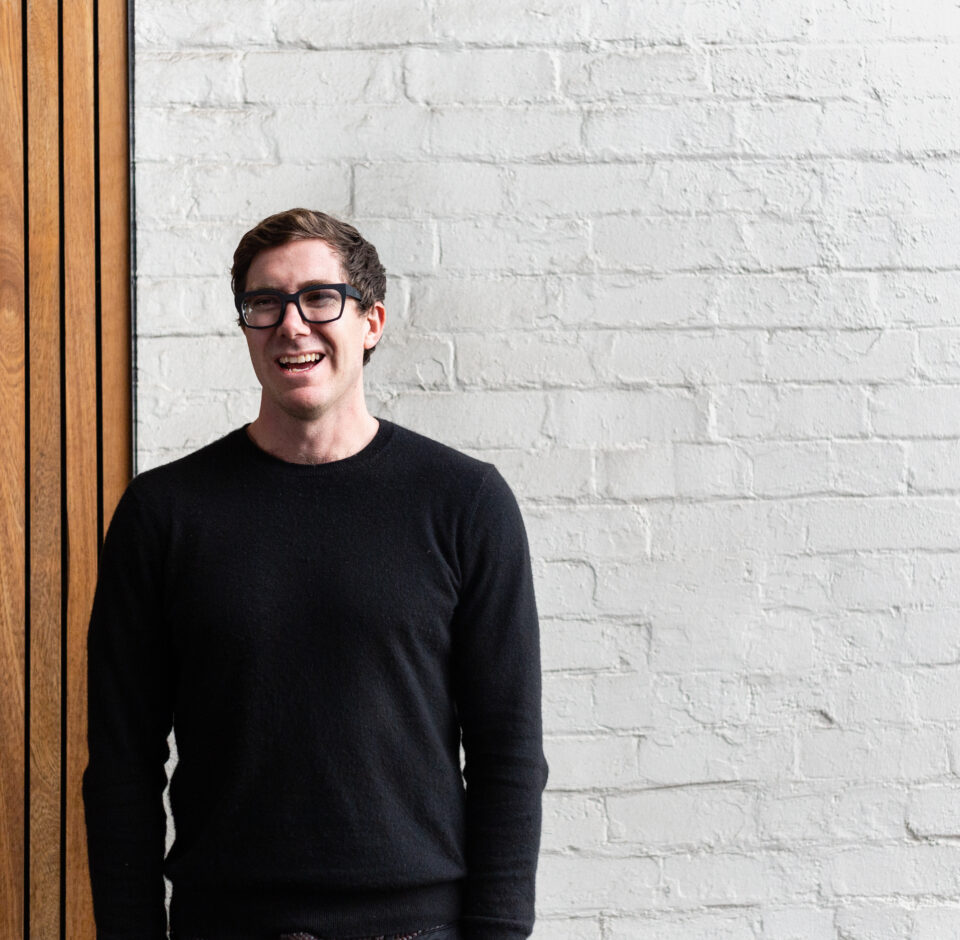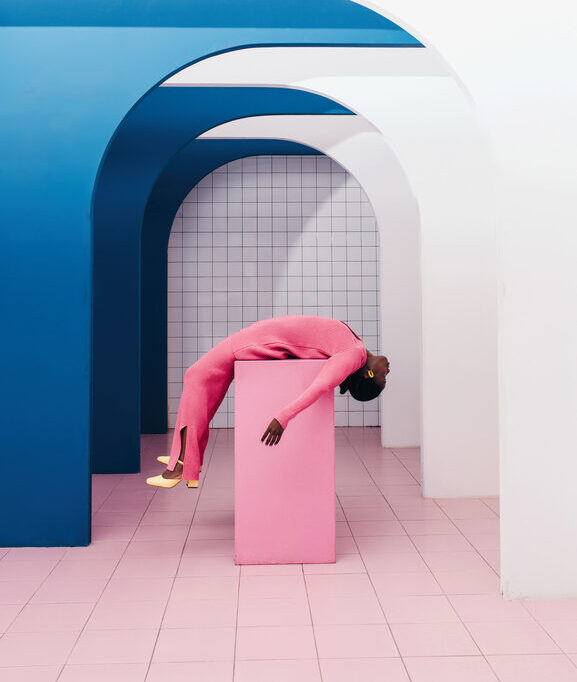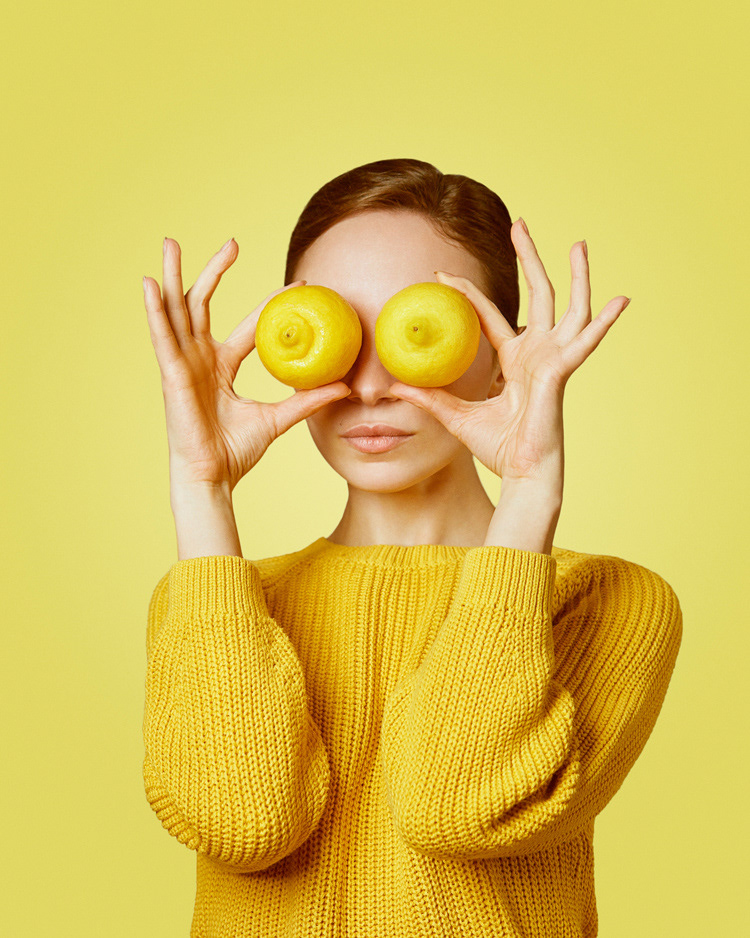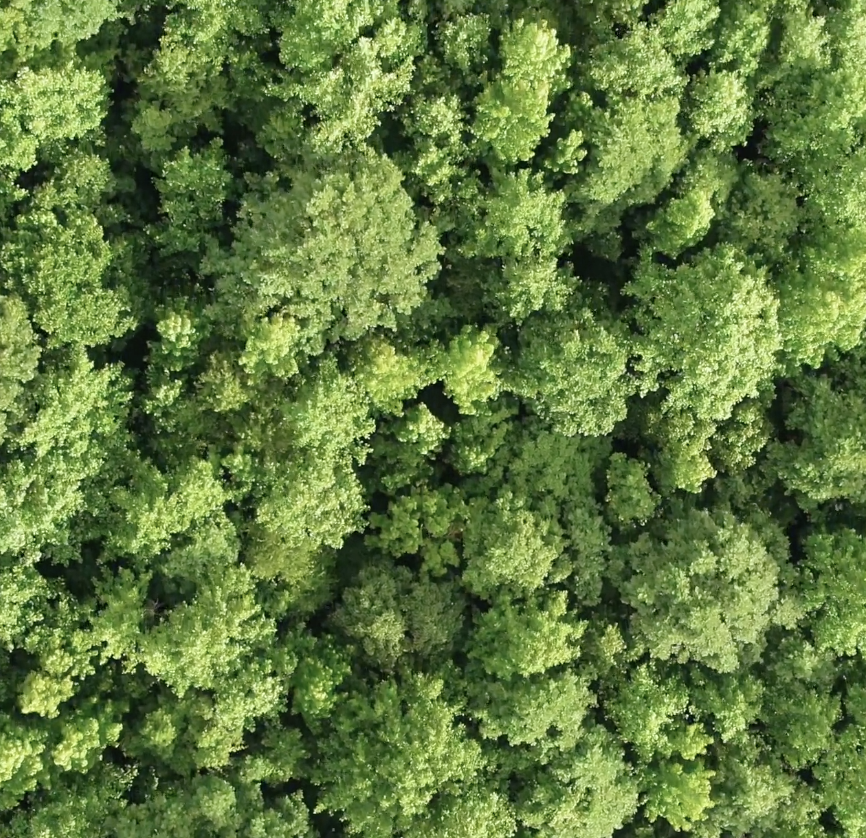If you’re anything like us, when you first heard the term industrial design you were a little stumped. And even after some heavy Googling, with the current rate of growth and change within the industry it’s near impossible to get clarity on the definition.
So we thought, who better to answer all your burning questions than Andrew Simpson, the founder and director of Sydney based studio, Vert Designs. Andrew’s approach to design is open and honest. With a heavy emphasis on experimental design, Vert is constantly evolving in their practice, running various self-initiated projects alongside their client work which has resulted in several sustainable materials innovations made from waste.
From a young age, Andrew had a keen eye for design and creation. Throughout school he would spend his spare time creating just about anything; from making boats, surfboards, skateboards, constructing chairs and building various boxes. Nearly 15 years and hundreds of projects later, we sat down to chat to Andrew about the importance of striking a balance between beauty, functionality, sustainability and commerciality in order to create thoughtful designs with intention and purpose.
How do you define industrial design?
There are some many definitions of industrial design and it is probably getting harder to define as the scope of what industrial designers do grows and changes. It used to be that industrial design was designing products for industry hence the name. For a time the best definition of industrial design might have been the intersection of art and engineering. I would say for many industrial designers today that industrial design is a process more than an outcome, I have been hearing the term post artefact to describe the transition of industrial designers into services and design thinking. I describe what we do by saying we design things that are not buildings so I guess in am not yet post artefact.
Can you talk us through your career trajectory – when did you discover there could be a job such as yours, and that you wanted it / were well suited to it?
If I look back I can see that I was a natural industrial designer at high school, I excelled at woodwork, design and technology and Engineering science but more importantly, I had a love of making, I would (and still do) spend my time after school making boats, surfboards, skateboards and at lunchtime I would get the teachers to let me use the woodwork studios to make boxes and chairs. I was lucky that my parents had been university teachers early in their own career and had ended up touting a group of industrial designers at what in now UTS if it was not for this chance experience I would never have known that Industrial design was a possibility or that it would be such a good fit for me. I started studying at the University of Newcastle and transferred to UTS after a year. I ended up doing a 5-year degree. While I was in first year I got a part-time job at a glass studio first as a cold worker then as a hotshop assistant and finally as a glass designer. Working in the glass studio was one of the best things I ever did it gave me a solid foundation in understanding form and manufacturing processes. Glass is both transparent and reflective and it is often the distortion of the light that lets us read the form, making it a great teacher for a young designer.
Is there one common intention behind all your creations?
I would be dishonest to say there is one common intention behind our design approach but I definitely have a strong philosophy that underpins all my work. One way to view design is as simply the solving of problems. In this view, it is the problems that we choose to solve that become important. The problems that I think are worth solving really form the bases of my design philosophy. In its simplest form, this would be: is it honest, is it sustainable, is it meaningful to people?
How important is it to strike a balance between beauty, functionality, sustainability and commerciality? Are they all equal considerations for Vert?
This is a great question, beauty, function, commercial viability and sustainability are equally important. We are designers, not artists and we operate very much in the commercial world, designs that can not be made or are unaffordable to there audience are just as bad as ugly things that don’t work.
Good design provides 3 benefits to a user, it has a
- Functional benefit (allow or perform some action)
- Emotional benefit (allow for the focus or change in the way we feel)
- Cognitive benefit (is understandable and explainable)
Is your work just as much about psychology as technology?
Our design process is the is literally the movement between human needs (cultural relevance, ergonomics, product semantics, needs) and industrial requirements (material, engineering, manufacturing systems and processes). We use the two requirements to inform each other.
Do you have a set of criteria to determine whether you do or don’t take something on for a client?
We really only take on projects where we are going to add value. Sometimes industrial design does not bring value or help people with their goals. We also don’t work on single-use plastic products.
What different experts and professionals do you work with to bring a product to life?
We work a lot with makers both at a craft scale and at an industrial scale. We work with glass blowers, woodturners, plaster, injection moulders, toolmakers, carbon fibre experts, universities, photographers, jewellers, cardboard engineers, welders, fitters, turners, boilermakers, boat builders, architects, CNC operators, extruders, physiologists, doctors, surgeons, dentists, polymer chemists, vets, farmers, agronomists, neuroscientists, 3d printers, mechatronic engineers, fluid dynamics engineers , rocket scientists…… it is the most fun part of our job, we get to work with everyone.
Vert work on a 70/30 model of external vs. internal projects. What inspires what you choose to work on for yourselves at any given time?
We really just follow what interests us, lately, we have been working in waste fabrics but also in carbon fibre. When you are interested in something it does not feel like work and you are more open to the opportunities.
It seems most of Vert‘s personal projects are environmentally conscious at their heart. What role do you see industrial design playing in shaping our future?
Most of our internal projects are material based explorations, we use the outcomes from these experiments to derisk client projects. Sustainability nearly always means change and change adds risk to projects. By experimenting we can help reduce the risks and allow for more sustainable outcomes.
Do you feel designers have a special responsibility in what they put out into the world?
This was a leading question and yes, product designers have a huge responsibility. In its simplest form, we have a responsibility to make sure the designs we produce are worth the resources they consume and are better than what preceded them. We claim progress, not perfection and use ‘reduce, reuse, recycle’ as a filter to our sustainable practice.
Do you have a favourite medium to work with at the moment?
I am enjoying glass again, Vert Design started in glass but we had been doing less and less glass design and production over the years. In April I completed a 5-week Churchill fellowship researching glass design and production and it has rekindled my love.
Give us your most challenging and best brief to cross your desk as well as one you’re especially proud of.
The hardest brief we ever get goes something along the lines of “we have a new machine/material, what should we make with it” these briefs are the hardest because they don’t give us a point of empathy. We can produce meaningful outcomes out of these briefs but they take a lot more work for us to get to the good stuff.
The best briefs we get start for a user observation or flesh out more of the why of the product. I guess it is a little overplayed now but Simon Sinek’s ‘Why, How, What’ is a great rule of thumb for a product design brief.
It would have to be the Huskee cups, they represent our practice so well, simple, good design that reduces waste in its use and consumes waist in its production.
What is the key ingredient in creating an object that breaks the mould?
We use moulds in our products so “break the mould” is not an analogy that we often use. To make would class work we need to have an empathetic insight into a real problem that is describable. If we can get this right our process allows the rest to fall into place. Another way of saying the same thing is that innovation comes from asking new questions and the type of questions we ask form the nature of the problems we solve. Having the right vantage point lets us ask the right questions. We are after elegance and simplicity, not novelty
Where will we see Vert’s work out in the world this year?
We have just finished the street furniture for the new Sydney Metro that is rolling out. I am quite proud of the bubblers and the station benches. We also have some experimental glass work that is showing as part of AGM down in Melbourne.







